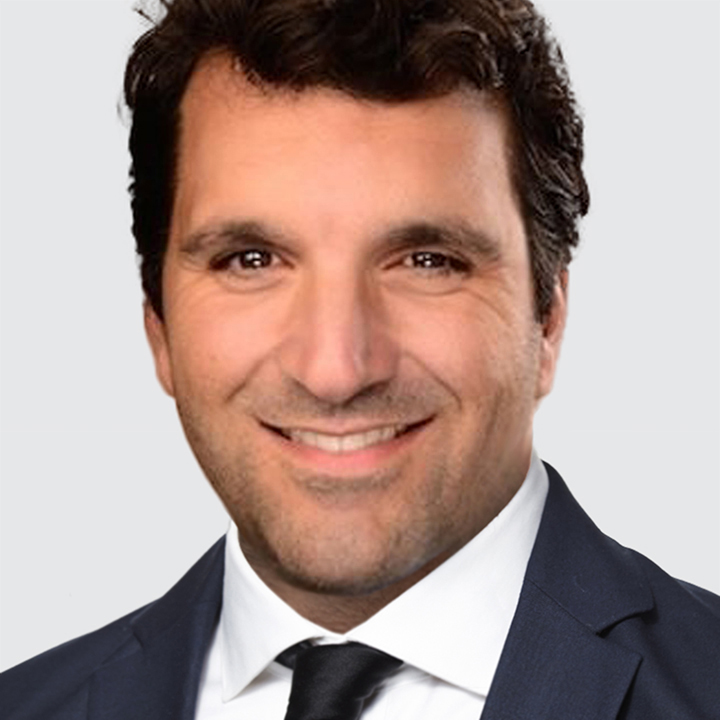US
USD takes a breather after closing-in on its August high. We’re still flying blind amid the ongoing US government shutdown, with key economic data releases on hold. As such, USD gains largely reflect external headwinds (France’s political crisis, Japan’s ruling LDP leadership election results) rather than a more favorable US fundamental backdrop. That suggests USD is prone to sharp pullback as soon as global conditions normalize.
The October University of Michigan preliminary consumer sentiment report is due today (3:00pm London, 10:00am New York). Headline is expected at 54.0 vs. 55.1 in September, well below the long run average at 84.4. One-year and 5 to 10 years inflation expectations are expected to print for a second consecutive month at 4.7% and 3.7%, respectively.
We are sticking to our view that the fundamental USD trend is intact. The risk is the Fed turns more dovish by the December 9-10 FOMC meeting because restrictive monetary policy can worsen the employment backdrop and upside risks to inflation are not materializing.
Two risk scenarios could keep the Fed anchored to its patient easing guidance: US inflation quickens, or the economy enters a Goldilocks phase. The first scenario is dollar-negative, implying higher likelihood of stagflation. The second scenario is dollar positive. We see the first risk scenario as more likely.
JAPAN
USD/JPY stabilized after rallying to an 8-month high near 153.27. Japan’s ruling coalition fell apart today after Komeito, the junior partner to Sanae Takaichi’s Liberal Democratic Party, indicated it planned to pull out of the partnership. The loss of Komeito support mean Takaichi will face significant constraints to push ahead with her fiscally profligate pledges.
Moreover, Japan’s Finance Minister Katsunobu Kato warned against “one-sided and rapid movements” in the yen and reiterated “The government will carefully assess any excessive or disorderly movements in the market.” The comment suggests USD/JPY is nearing levels that could trigger official intervention, under 155.00.
USD/JPY is up 4.6% in 10 days, which puts it ahead of the pace seen in the last two Bank of Japan (BOJ) FX interventions. The BOJ bought ¥9.79 trillion from April 26, 2024 through May 29, 2024 after USD/JPY rallied by 5.7% in 20 days. And, the BOJ bought ¥5.53 trillion from June 27, 2024 through July 29, 2024 after USD/JPY rallied by 4.2% in 30 days.
Meanwhile, the growing disconnect between USD/JPY and US-Japan bond yields spreads points to heightened risk of a sharp USD/JPY pullback. Bottom line: we recommend investors short USD/JPY at current levels (152.90) with a stop loss at 154.00 and an initial target of 148.00.
NORWAY
NOK is trading on the defensive against most currencies. Norway September CPI was mixed. Headline CPI unexpectedly rose 0.1pts to 3.6% y/y (consensus: 3.5%, Norges Bank forecast: 3.7%) while underlying CPI unexpectedly dipped -0.1pts to 3.0% y/y (consensus: 3.1%, Norges Bank forecast: 3.2%).
Persistently above target inflation backs the Norges Bank’s prudent easing of monetary policy stance which is NOK positive. According to the Norges Bank “a restrictive monetary policy is still needed” because inflation is expected to remain elevated for a little longer and there is a little less spare capacity in the economy. The Norges Bank forecasts 50bps of policy rate cuts to 3.50% by Q2 2027 which is in line with swaps market pricing.
CANADA
USD/CAD remains under upside pressure after sustaining a break above its 200-day moving average (1.3976). CAD will take its cue today from Canada’s September labor force survey (1:30pm London, 8:30am New York). The Bank of Canada’s (BOC) is increasingly concerned about further weakness in employment conditions.
The economy is expected to add just 5k jobs in September after shedding -65.5k and -40.8k jobs in August and July, respectively. A poor labor force survey will raise odds the BOC lowers the policy rate below its estimated neutral range of 2.25% to 3.25% and can further weigh on CAD. The swaps market currently fully prices-in a 25bps cut by year-end and the policy rate to bottom at 2.25%.

